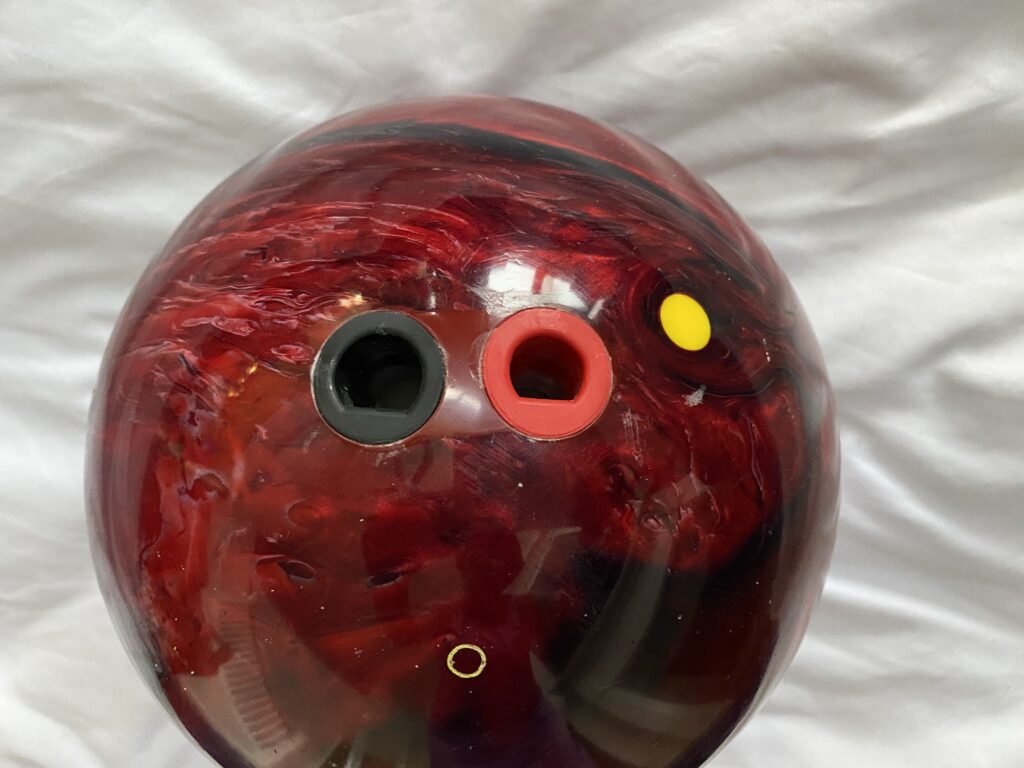
The use of finger inserts or grips is a common debate among bowlers.
Some say that using an insert or grip can help improve your bowling game, while others claim that it provides no benefits whatsoever.
So, what's the verdict?
Do pro bowlers use finger inserts or grips?
Let's hit the lanes and find out!
Contents
- 1 Do Pro Bowlers Use Finger Inserts?
- 2 What Are Finger Inserts?
- 3 Are Finger Inserts or Grips Legal in Bowling?
- 4 Pros and Cons of Using Finger Inserts or Grips
- 5 How Tight Should Finger Inserts Be?
- 6 What Do Finger Inserts Do?
- 7 How to Glue in Finger Inserts
- 8 How Much Do Finger Inserts Cost?
- 9 Are Finger Inserts Worth It?
- 10 What Do Bowlers Wear on Their Fingers?
- 11 What Are the Alternative to Finger Inserts?
- 12 How Do You Remove Bowling Ball Finger Inserts?
- 13 How Do You Know What Size and Type of Finger Inserts You Need?
- 14 Frequently Asked Questions
Do Pro Bowlers Use Finger Inserts?
Yes, most pro bowlers use finger inserts or grip. Finger inserts and grips can help you achieve a more consistent release, which is critical for a good bowling score. A good grip is necessary for making accurate shots and avoiding gutter balls.
Key Takeaways
- Most pro bowlers use finger inserts or grip for a consistent release and better grip, which enhances their performance and accuracy.
- Finger inserts are customizable, legal under USBC rules, and available in various materials, such as rubber and gel, in sizes to fit different finger dimensions.
- Key advantages include improved grip, enhanced bowling hook capability, and finger protection, while drawbacks may include difficulty adjusting grip mid-game and compatibility with different bowling balls.
- Proper fit for finger inserts is crucial; they should be snug but comfortable, with experimentation needed to find the ideal size and material.
- Maintenance involves securely gluing inserts into the ball. With relatively low costs ranging from $2 to $20 for sets, it offers a cost-effective way to potentially improve your bowling game.
What Are Finger Inserts?
Finger inserts and grips are small pieces of material inserted into a bowling ball's holes to improve your grip on the ball and help you achieve a more consistent release. They come in various materials, including rubber, gel, and plastic, while grips are usually made of leather or cloth.
Both inserts and grips can be purchased at most bowling alleys, in bowling stores, or online.
They come in a variety of sizes, the most popular being 17/32" and 29/32". The majority have an outside diameter of 31/32", with larger versions having an outer diameter of 1 1/32" and some down to 1/64".
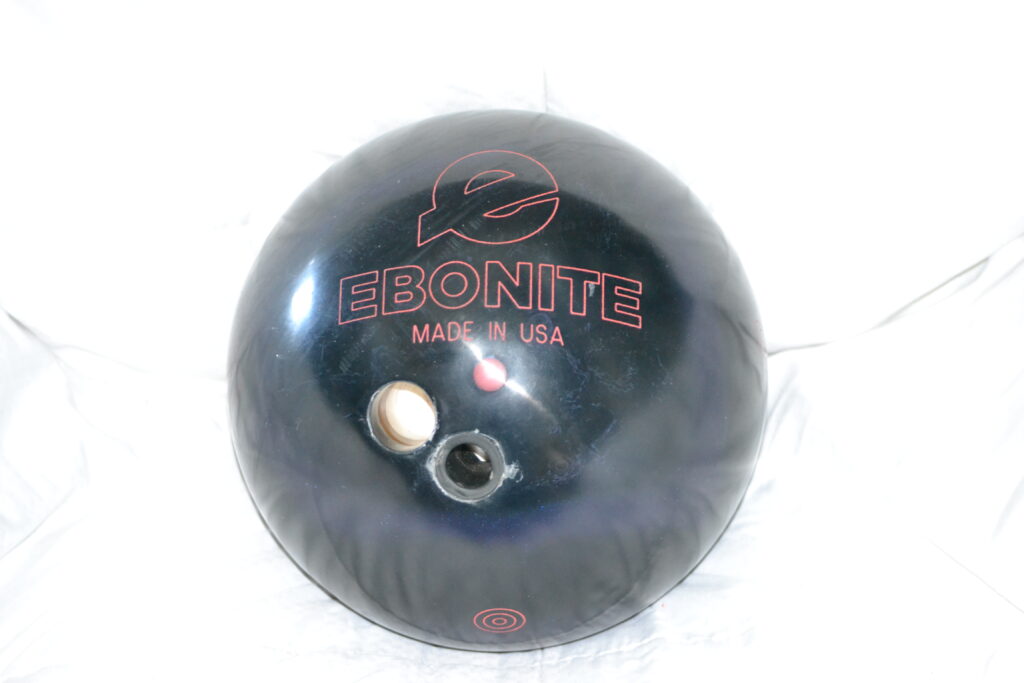
Are Finger Inserts or Grips Legal in Bowling?
Finger inserts are legal. The United States Bowling Congress (USBC) has no rules against finger inserts or grips; instead, it offers a certification program for manufacturers. The certification program ensures that the inserts and grips meet specific standards for quality and performance.
Pros and Cons of Using Finger Inserts or Grips
Even though finger inserts and grips can be helpful, they have some drawbacks to using an insert or grip.
Below are its pros and cons:
Pros of Finger Inserts
- Using an insert or grip can help you achieve a more consistent release.
- They are customizable.
- Inserts and grips can help you improve your grip on the ball.
- They can make it easier to bowl with a hook.
- They help protect the fingers.
Cons of Finger Inserts
- Finger inserts and grips can make it difficult to adjust your grip mid-game.
- They can make it challenging to switch between different bowling balls.
- Using an insert or grip that is too small can cause the ball to slip out of your hand.
| Feature | Description |
|---|---|
| Usage | Most pro bowlers use finger inserts or grips for improved consistency in release and better grip. |
| Materials | Available in rubber, gel, plastic for inserts; leather or cloth for grips. |
| Sizes | Popular sizes are 17/32", 29/32", with an outside diameter range from 31/32" to 1 1/32". |
| Legal Status | Certified and legal under USBC rules, ensuring quality and performance standards are met. |
| Pros | Enhances grip, aids in consistent release, customizable, assists in bowling with a hook, protects fingers. |
| Cons | Can complicate grip adjustment mid-game, may hinder switching between balls, inappropriate sizes can lead to ball slippage. |
| Fit and Comfort | Inserts should fit snugly but comfortably, requiring experimentation with different sizes and materials for the ideal fit. |
| Maintenance | Involves gluing to secure in place; tools needed include super glue, flathead screwdriver, cotton swabs, isopropyl alcohol. |
| Cost | Price ranges from $2 to $5 per insert, with sets costing between $10 and $20, offering an affordable option for potentially improving bowling performance. |
| Alternative Options | Soft coverstock balls, tape for extra grip, custom finger holes, different types of bowling balls with specific designs for better grip. |
How Tight Should Finger Inserts Be?
The main goal of using an insert is to improve your grip on the ball.
Finding the right balance between too loose and too tight is crucial.
If your inserts are too flexible, they won't do an excellent job of improving your grip. On the other hand, if they're too tight, they might make it difficult to release the ball.
The best way to find the right fit is to experiment with different sizes and materials until you find something that feels comfortable. They should fit snugly but not be so tight that they cause discomfort.
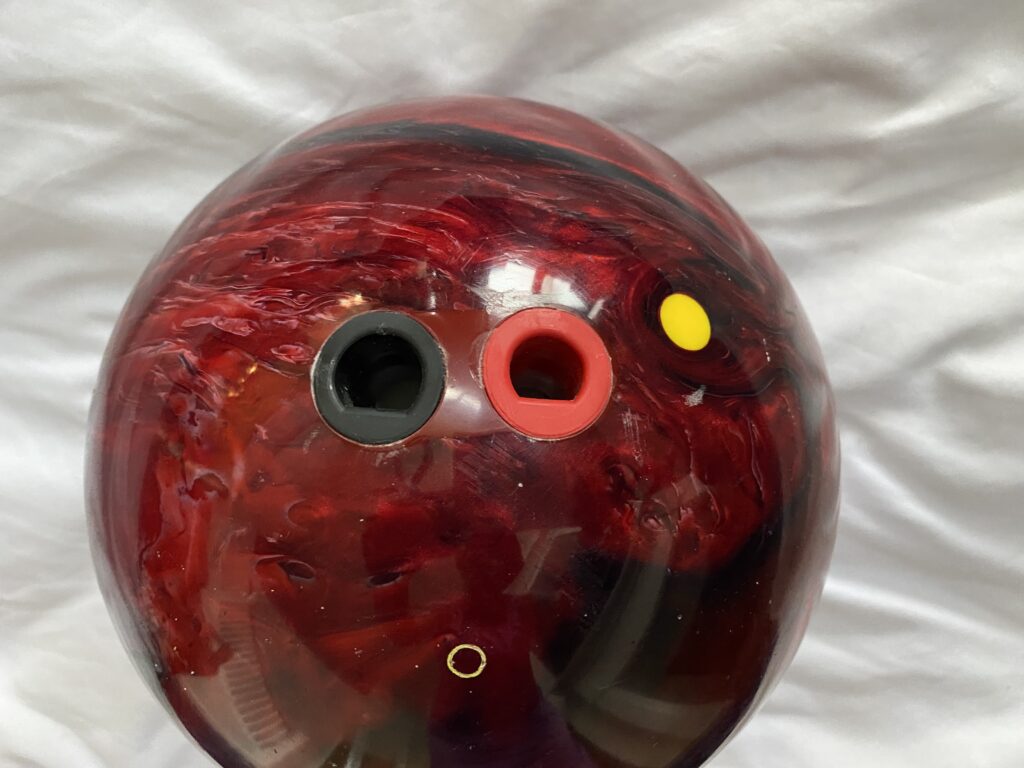
What Do Finger Inserts Do?
They're made to fit into holes drilled into your ball and snug up against your fingers to improve your grip. The size of the insert will determine how much effect it has on your fingers.
A smaller insert will have less of an effect on your fingers than a larger one. The material of the insert will also affect how it feels.
Softer materials like rubber or gel will be more comfortable than rigid materials like plastic.
Some people find that using an insert makes it easier to bowl with a hook. Others find that it helps them achieve a more consistent release.
How to Glue in Finger Inserts
If you've ever tried to put an insert into your bowling ball, you know that it can be a challenge. They are made of soft materials, making them difficult to keep in place.
The best way to keep your inserts in place is to glue them. This will ensure that they stay put and don't move around when you're trying to bowl.
Below are the steps on how to glue in your inserts:
Tools, Materials, and Supplies Needed
- Super glue or another strong adhesive
- Flathead screwdriver
- Cotton swabs
- Isopropyl alcohol
Gluing Finger Inserts: Step-by-Step Process
- Clean the inside of the insert and the hole in your ball with isopropyl alcohol. This will remove any dirt or oil that could prevent the adhesive from bonding.
- Apply a small amount of super glue to the inside of the insert. Be careful not to use too much, or it will ooze out and make a mess.
- Insert the insert into the hole in your ball.
- Apply a small amount of super glue to the outside of the insert. This will help secure it in place.
- Use a flathead screwdriver to push the insert into place if necessary.
- Allow the glue to dry completely before using your ball.
- Repeat the process for each insert you want to add to your ball.
How Much Do Finger Inserts Cost?
Finger inserts are relatively inexpensive. They typically range in price from $2-$5 per insert.
However, you can also find sets of inserts that include different sizes and materials. These sets usually cost between $10-$20.
Are Finger Inserts Worth It?
Whether or not finger inserts are worth it is a matter of personal preference. Some bowlers find that they improve their game, while others don't make a difference.
If you're struggling to find a good grip on your ball, or if you tend to bowl with a hook, finger inserts might help you improve your game.
On the other hand, if you're happy with your current bowling style and don't feel like you need to make any changes, then finger inserts might not be worth the investment.
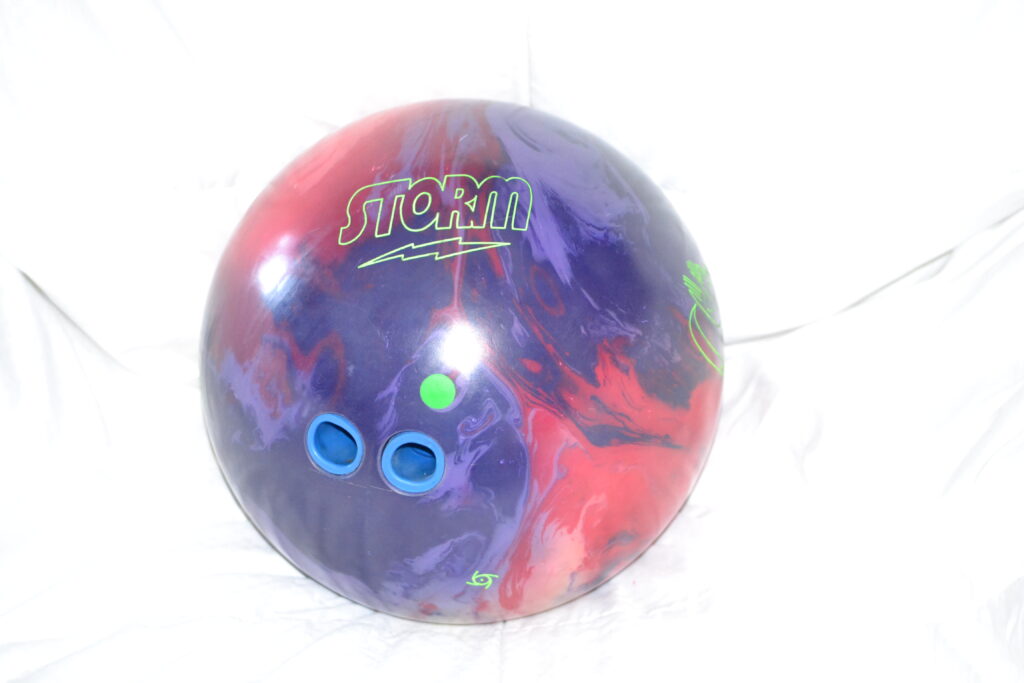
What Do Bowlers Wear on Their Fingers?
There are a few different options regarding what bowlers wear on their fingers. The most common are finger inserts, gloves, and tape.
Finger inserts/sleeves are small pieces of rubber or gel that fit into your ball and help you achieve a better grip.
Gloves are worn on your hand and can also help improve your grip.
Tape is wrapped around your fingers and can help absorb sweat and provide extra grip.
Experiment with different combinations to see what gives you the best results.
What Are the Alternative to Finger Inserts?
Another option for improving your grip is to use a ball with a softer coverstock. This will provide more traction and make it easier to hold onto the ball.
You can also try using tape on your fingers. This will create more friction and help you keep a better grip on the ball.
Using custom finger holes is another way to improve your grip. This involves drilling new holes in your ball that are a different size or shape than the ones that came from the factory.
This can be done at most pro shops, but it's important to make sure that the shop knows what they're doing. Otherwise, you could end up with a ball that doesn't fit your hand correctly.
Finally, you can try using a different type of bowling ball. Some balls are specifically designed to provide a better grip. These balls usually have a rougher surface or a tacky coating.
How Do You Remove Bowling Ball Finger Inserts?
The process is relatively simple if you decide that finger inserts aren't for you or if you need to remove them for any reason.
All you need is a flathead screwdriver and some isopropyl alcohol. First, use the screwdriver to pry the insert out of your ball's hole. Next, clean the insert and the hole with isopropyl alcohol to remove any residue from the adhesive.
How Do You Know What Size and Type of Finger Inserts You Need?
Talking to a professional is the best way to determine what size and type of finger inserts you need. They will be able to take your measurements and recommend the best options for you.
They will also be able to determine which ones are good for your ball. If you're unsure where to find a professional, you can try asking at your local bowling alley.
You can also find sizing charts online to help select the correct size insert for your fingers.
Frequently Asked Questions
Do Bowling Gloves Help?
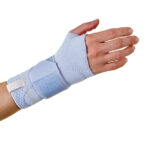
Bowling gloves can help improve your grip, but they're not required. Some bowlers prefer to use gloves because they provide more traction than bare skin. Others find that gloves make it more difficult to release the ball at the right time. If you're not sure which you prefer, you can try using gloves and see if they help you improve your game.
Can You Reuse Bowling Ball Finger Inserts?
You can reuse bowling ball finger inserts, but it's not recommended. The adhesive will gradually lose its stickiness and probably break, which can cause the insert to fall out. It's best to buy new inserts when you need them.
Do Thumb Sleeves Help?
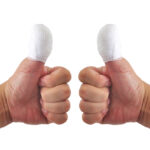
Thumb sleeves are similar to gloves in that they can help improve your grip. However, they're specifically designed to be worn on the thumb. This helps provide more traction and prevents the thumb from slipping.
Do New Bowlers Need Inserts?
New bowlers don't necessarily need finger inserts, but they might find them helpful. If you're struggling to keep a good grip on your ball, or if you're hooking the ball, inserts can help you improve your game.
Related Articles
My Final Words
Generally speaking, using finger inserts or grips in bowling boils down to personal preference and the quest for an edge in your game. These tools offer improved grip and lift for your shots and allow for a more controlled release, enhancing your performance. The texture and size of the inserts must be carefully measured to avoid discomfort, such as squeezing or tearing, ensuring they complement your play style rather than hinder it.
For bowlers seeking to refine their technique, videos and professional advice can provide valuable insights into the optimal settings for their equipment. In summary, finger inserts can significantly enhance your bowling experience, provided they are selected and used correctly, making every shot count.
Kira Byrd, a Certified Fraud Examiner, holds a B.S. in Accounting from the University of Alabama at Birmingham. With a passion for bowling from her childhood, Kira has poured her expertise and personal experiences into creating and nurturing Bowling For Beginners. Kira's mission is to meet new bowlers where they are and guide them toward consistently achieving higher scores. With a focus on skill development and strategic techniques, she empowers readers to take control of their game and unlock their true potential.
Bowling For Beginners embodies strict editorial integrity, ensuring reliable and unbiased information. Kira's commitment to delivering valuable insights and practical strategies is reflected in every article. Here's an explanation of our editorial policy and how we get money.










